Pricing isn’t just about covering costs and making a profit, it’s about how your customers perceive value. The right pricing strategy can increase your sales, encourage larger purchases, and make your products feel like a must-have. Here’s how to use pricing psychology to get customers to spend more without raising prices unfairly.
1. The Power of Even vs. Odd Pricing
💡 Even numbers can create a sense of balance and simplicity, while odd pricing (like $9.99) can make items feel cheaper. But which works best?
✅ I’ve personally found even pricing (e.g., $4, $6, $10) performs better than odd pricing ($3.99, $5.99) for my products (I do this mostly so that it is easier on me at markets. I do NOT want to be carrying around all that change). ✅ Odd pricing can work better for lower-cost impulse buys, making them feel like a “deal.” ✅ For high-end or handmade products, whole numbers ($20, $50) can signal quality.
💡 Example: Lowering my art print prices by $5 made them sell better, showing that small price tweaks can make a big impact.
🔗 Read more about even vs. odd pricing psychology
2. Anchor Pricing: Making Customers Think They’re Getting a Deal
💡 Customers compare prices automatically. If you give them a higher-priced option first, they’ll see the lower-priced option as a better deal.
✅ List your premium product first (e.g., “Deluxe Edition - $50”) so your standard version ($30) feels like a steal. ✅ Offer tiered pricing – Having a “good, better, best” structure encourages customers to go for the middle option. ✅ Use “Was/Now” pricing carefully – If customers see a previous higher price, they feel like they’re saving money.
💡 Example: If you sell enamel pins, listing a $25 limited-edition pin first makes a $12 standard pin feel like an affordable must-have.
🔗 Learn more about anchor pricing
3. Bundles & Multi-Buy Discounts
💡 People love deals, and bundling products together increases order value.
✅ I offer a 4 for $10 sticker deal, and almost everyone buys four stickers instead of one. ✅ Buy More, Save More: Offer 10% off orders over $50 or a freebie when customers hit a spending threshold. ✅ Mystery Packs Work: People are more likely to buy in bulk if they feel like they’re getting extra value.
💡 Example: My mystery sticker packs didn’t sell well until I made the bags clear instead of opaque. Customers wanted some control while still feeling like they were getting a deal.
🔗 Why product bundling increases sales
4. The Decoy Effect: Guide Customers to the Right Choice
💡 A “decoy” product can push customers toward the option you actually want them to buy.
✅ Offer three choices – One that’s too expensive, one that’s a great deal, and one that’s “meh.” ✅ Make the middle option the most attractive – It feels like the best value. ✅ Use this for upselling – If you sell tote bags, have a basic $15 option, a $25 better one, and a $50 “deluxe” one.
💡 Example: Many fast-food chains use this pricing trick, a medium drink only costs slightly more than a small, so people size up. You can do the same with your products!
🔗 How the decoy effect works in pricing
5. Freebies & Perceived Value
💡 Customers are more likely to spend when they feel like they’re getting extra value.
✅ I offer a free tote bag with a $35+ purchase at markets, and it’s one of my most effective upsell strategies. ✅ Instead of discounting, add value – Example: Instead of lowering the price of a cigarette case, include a free matching lighter. ✅ Psychologically, “free” feels more valuable than a discount.
💡 Stat: Customers are more likely to spend 67% more when they feel like they’re getting something exclusive for free.
🔗 The power of free in pricing psychology
Pricing Is About Perception
📌 Test different pricing strategies to see what works best for your audience.
📌 Use pricing psychology to increase perceived value, not just to make things cheaper.
📌 Bundle products, offer add-ons, and anchor pricing smartly to encourage bigger purchases.
📌 Make every purchase feel like a deal, whether it’s through a discount, a bundle, or a freebie.
📌 Your goal is to make customers feel good about spending more—without tricking them.
🚀 Want more pricing tips? Sign up for my email list to get exclusive strategies on pricing, marketing, and selling smarter!
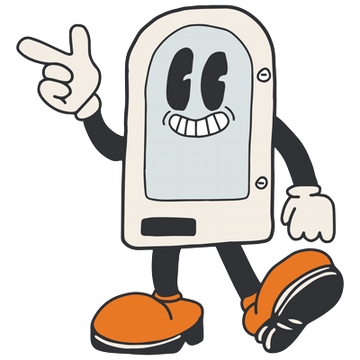
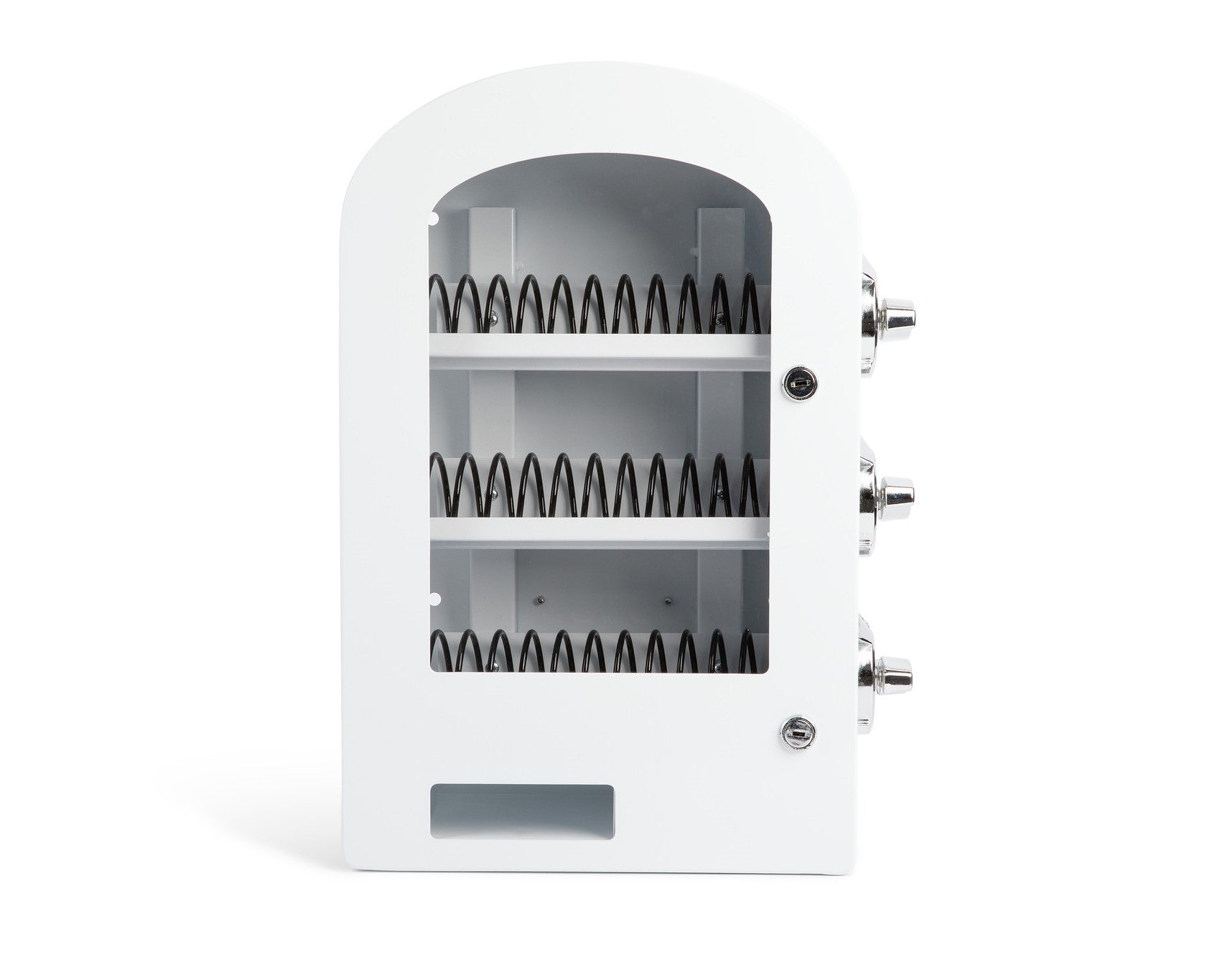
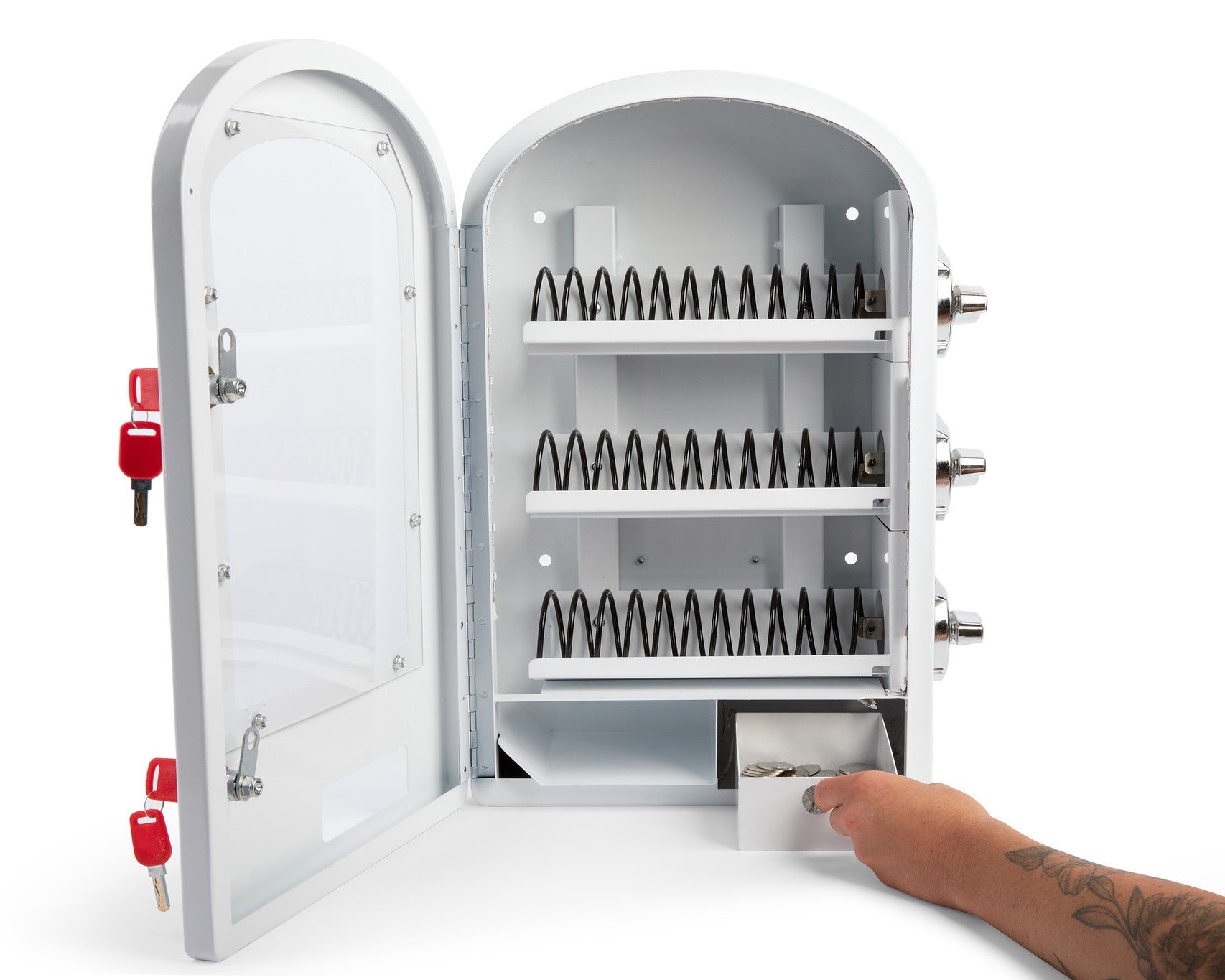
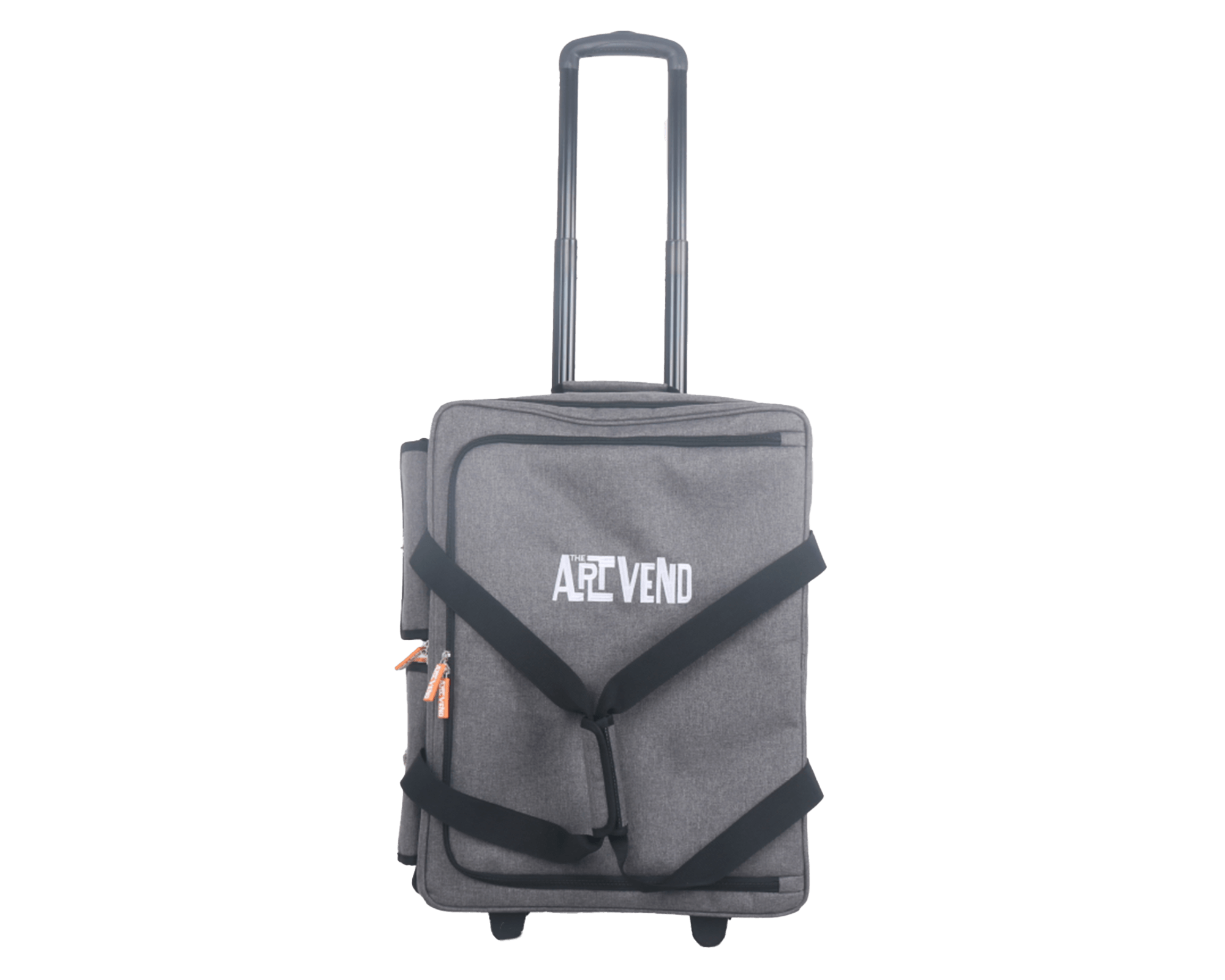
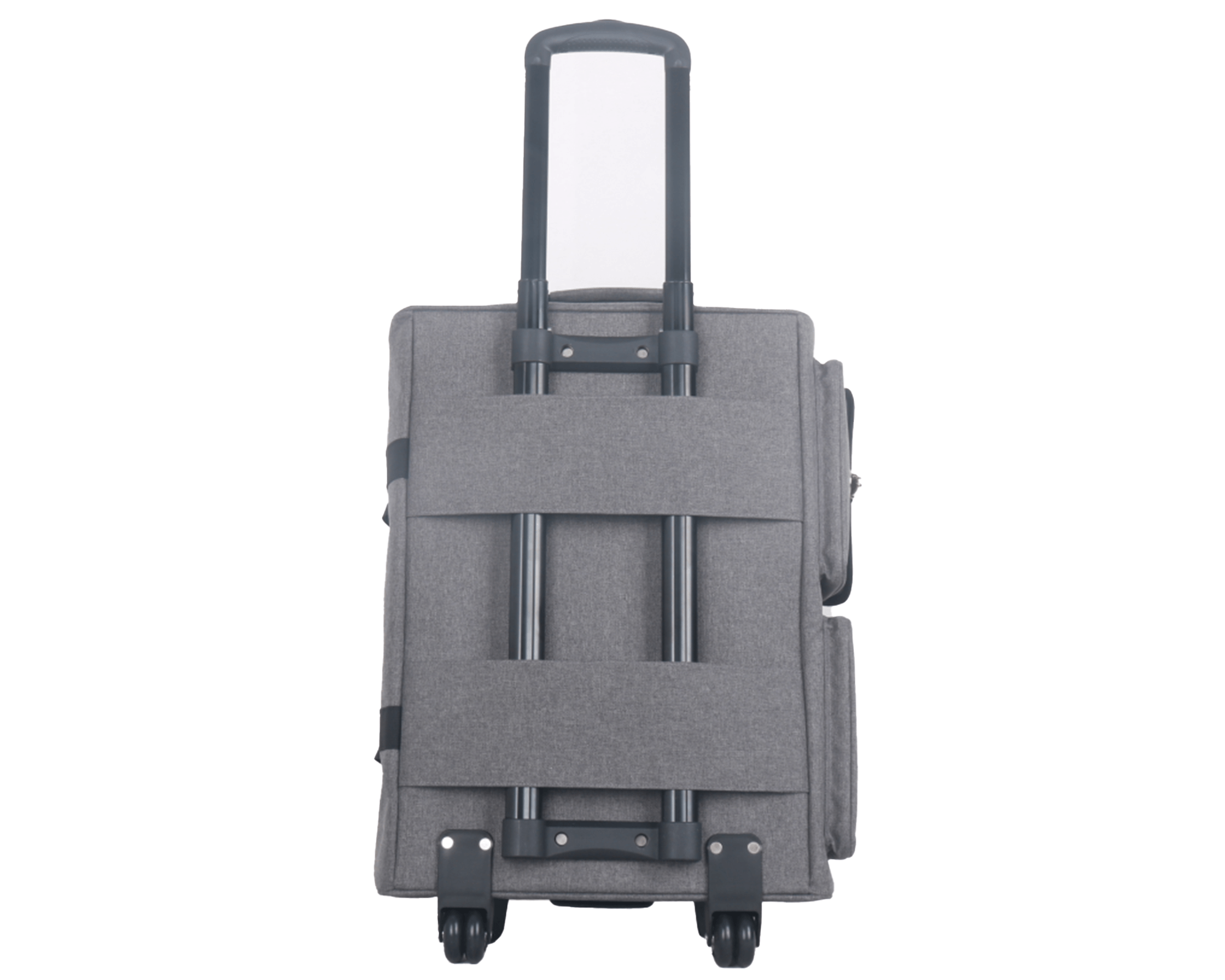
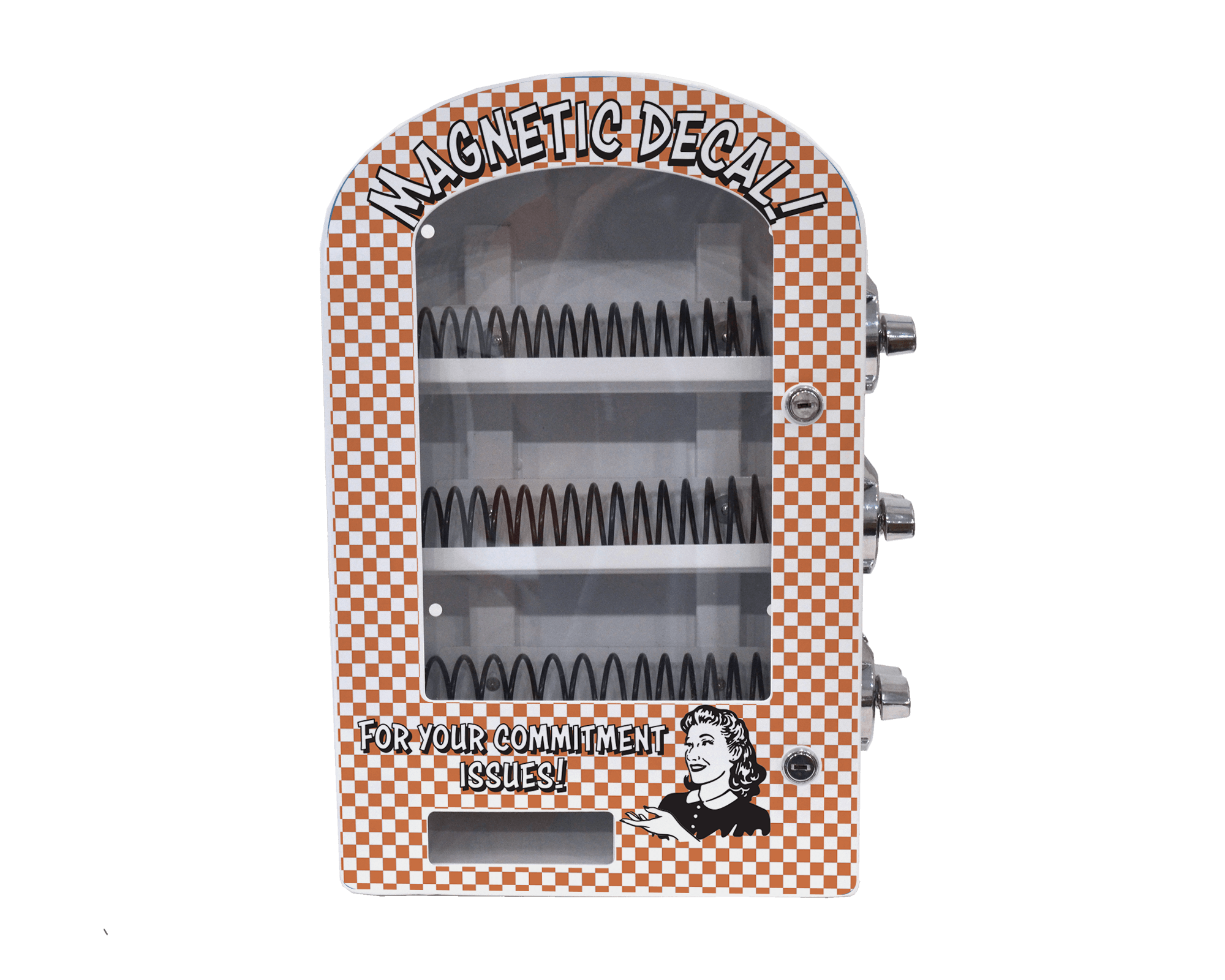
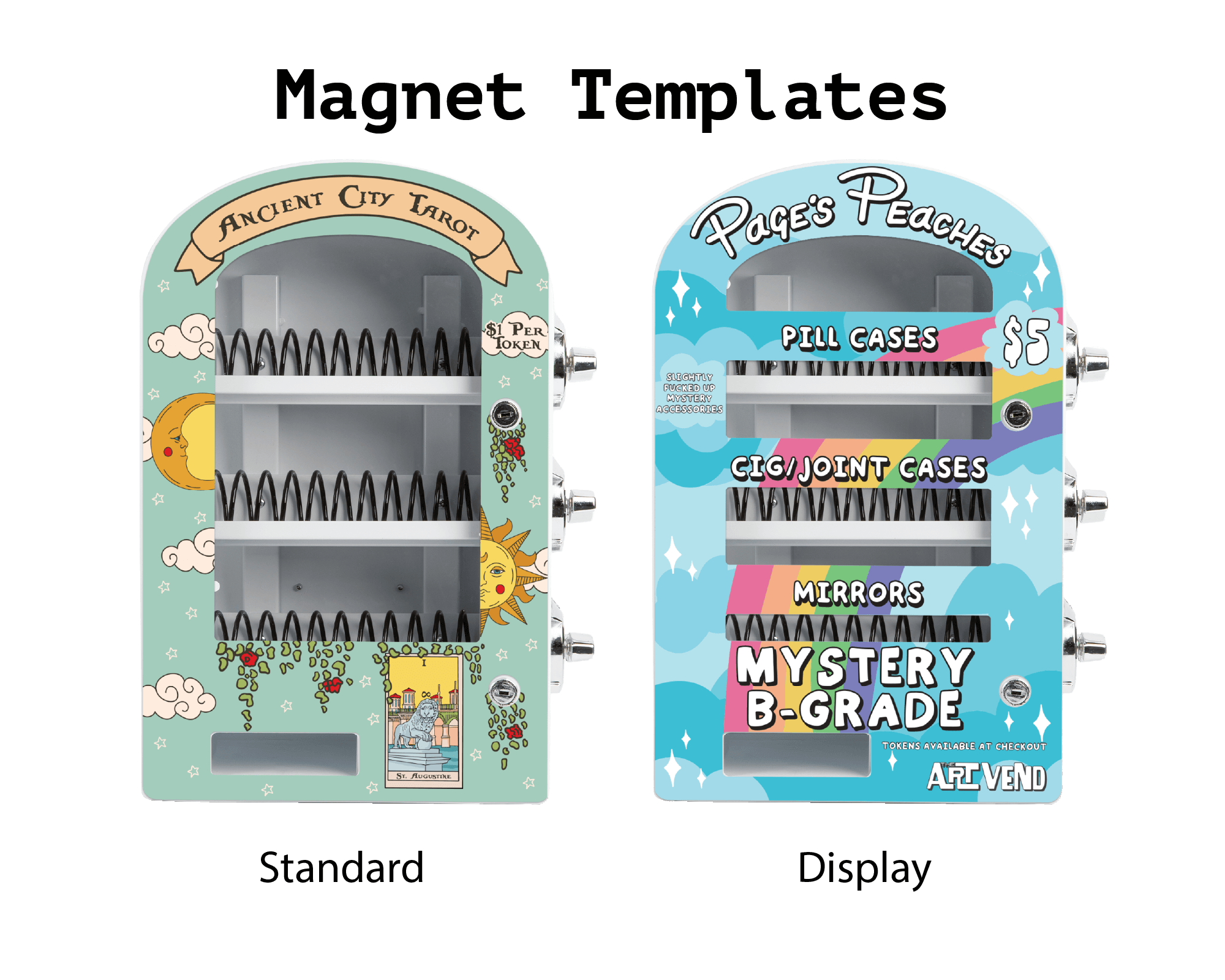
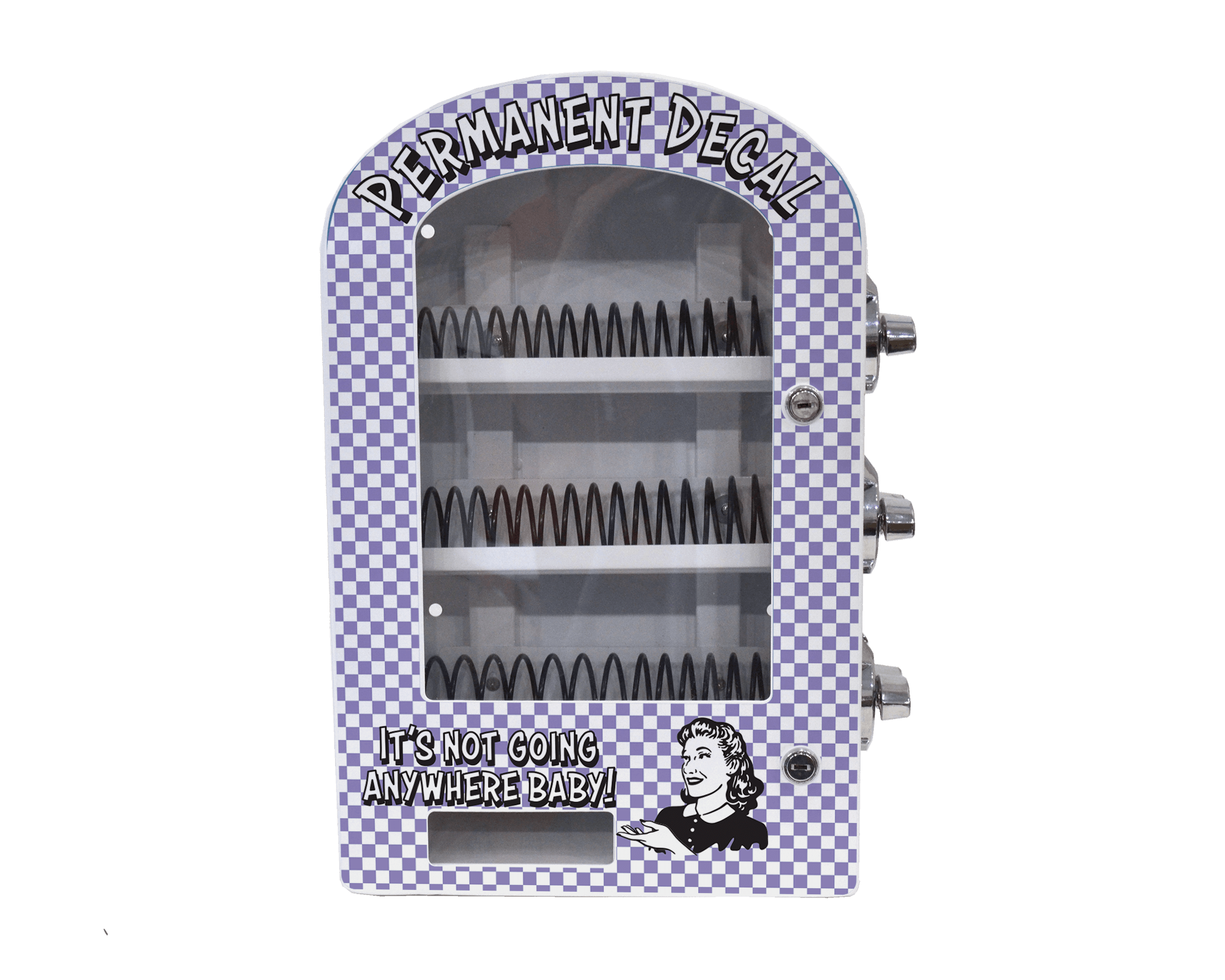

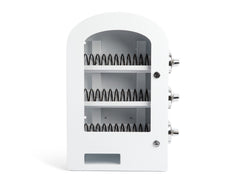

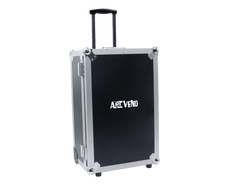
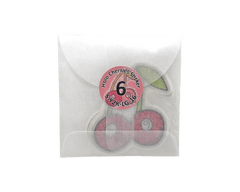
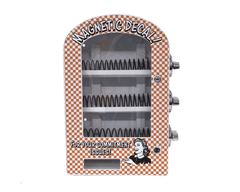
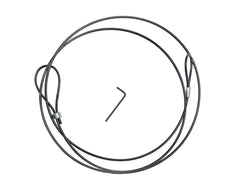
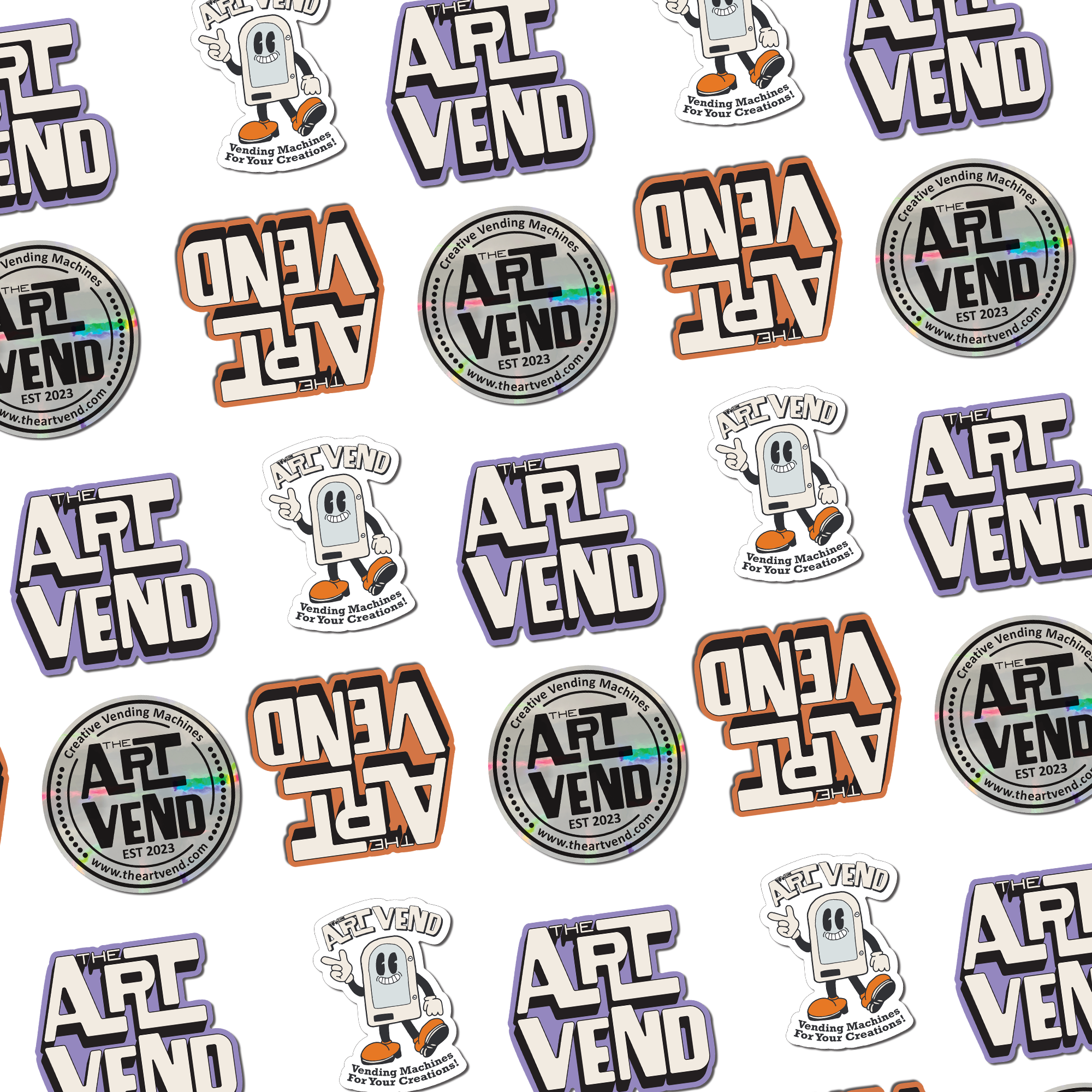
Leave a comment